Introduction to Bulgaria: Location, Culture, and Seasons
Bulgaria is a country tucked away in Southeastern Europe, full of history, culture, and natural beauty. It sits at a crossroads, bordered by Romania to the north, Greece and Turkey to the south, Serbia and North Macedonia to the west, and the Black Sea to the east. This strategic spot has influenced its rich culture over the centuries, with a blend of influences from the Thracians, Greeks, Romans, Ottomans, and Slavs.
Bulgaria has a vibrant and deeply rooted cultural heritage. You’ll find traditional music, dance, and colorful festivals throughout the year, like the famous Martenitsa, where people exchange red and white bracelets to welcome spring. Bulgaria is also known for its warm hospitality and delicious cuisine, including dishes like banitsa (cheese pastry) and sarma (stuffed cabbage leaves).
The country enjoys four distinct seasons. Winters can be cold and snowy, especially in the mountains, making it perfect for skiing in resorts like Bansko. Spring brings blossoming fields, summer is ideal for coastal getaways along the Black Sea, and autumn offers cooler weather and colourful landscapes, perfect for hiking and exploring.
Northern Bulgaria: The Danube River and Historic Fortresses
Northern Bulgaria is defined by the great Danube River, which forms the natural border with Romania. The Danube has long been important for trade and travel, and today it’s still a key connection between the two countries, with ferries frequently crossing between them.
One historical highlight in this region is the Medzhidi Tabia Fortress, located near Silistra. Built in the mid-19th century during the Ottoman period, the fortress was part of a defensive system designed to protect the region from Russian invasions. Its thick stone walls and elevated position overlooking the Danube make it a fascinating place to explore, offering a glimpse into Bulgaria’s military past and beautiful views of the surrounding landscape.
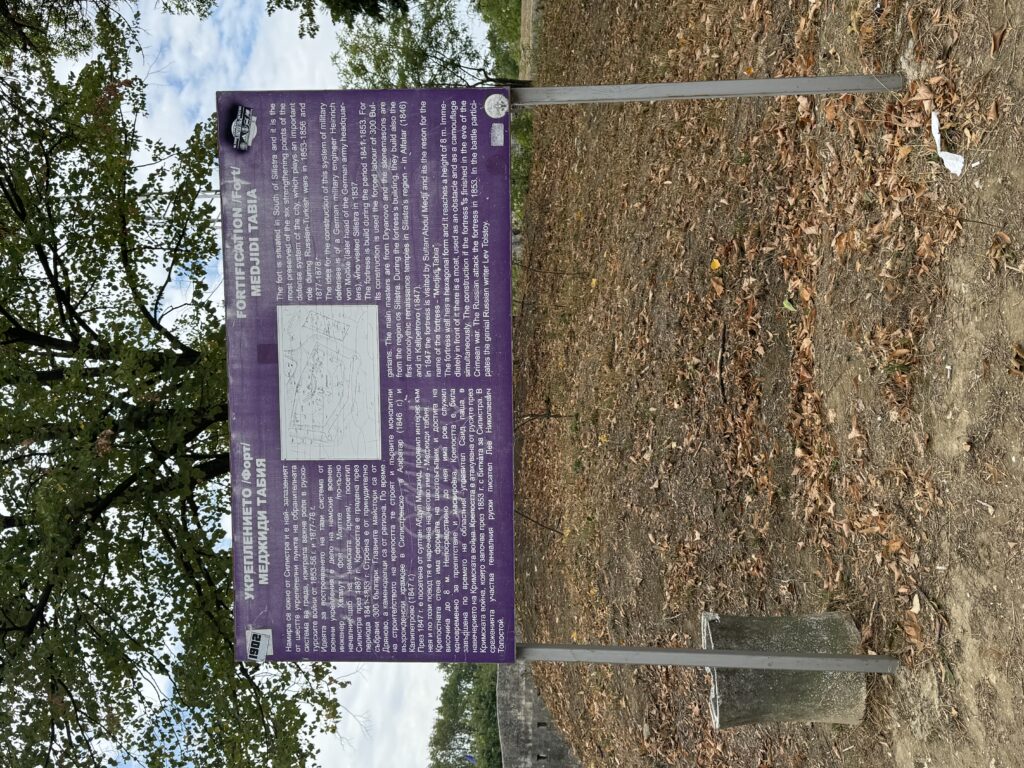
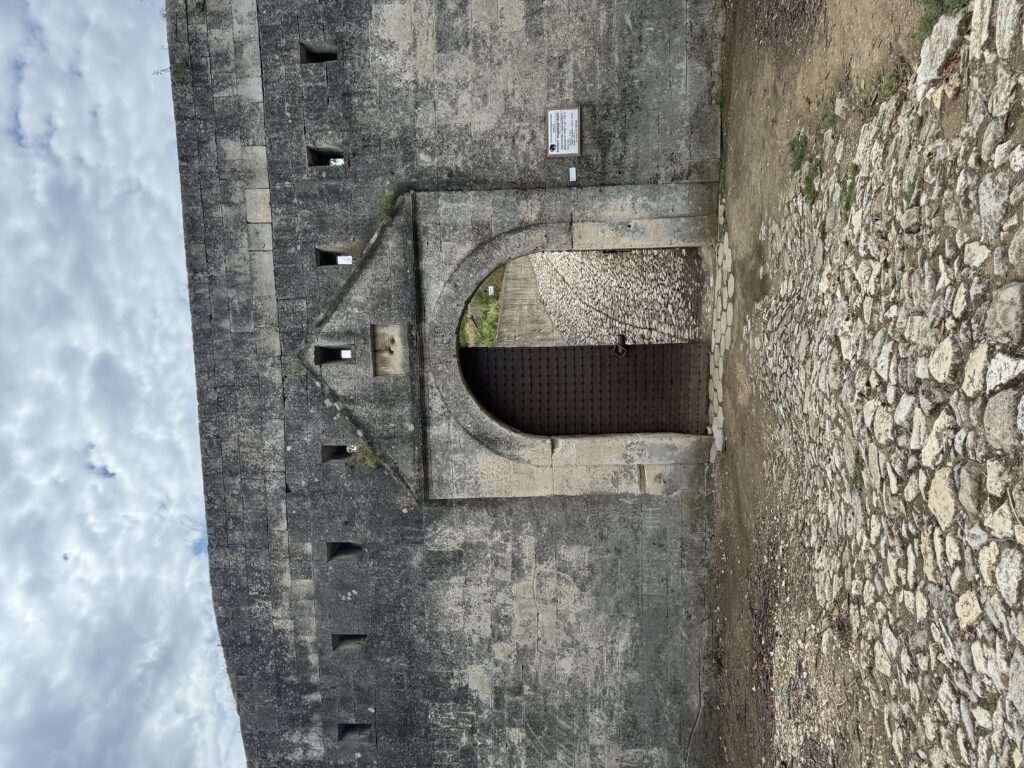
The Black Sea Coast: Golden Sands
The Black Sea coast is a top destination for sunseekers, and one of its jewels is Golden Sands. As the name suggests, the resort is known for its long stretches of soft, golden beaches and clear waters. Golden Sands is lively, with a range of activities from water sports to beachside relaxation, making it a favorite among locals and tourists alike.
Further down the coast is Varna, Bulgaria’s largest city on the Black Sea and often referred to as the “Marine Capital.” Varna is more than just a beach destination; it’s also a cultural hub with plenty of historical landmarks like the Roman Baths, the lush Sea Garden, and the Varna Archaeological Museum, which houses some of the oldest gold artifacts in the world.
Close to Varna is the quieter resort of Saints Constantine and Elena. This is Bulgaria’s oldest seaside resort, offering a more peaceful retreat with its mineral springs and beautiful beaches, perfect for those seeking a mix of relaxation and wellness.
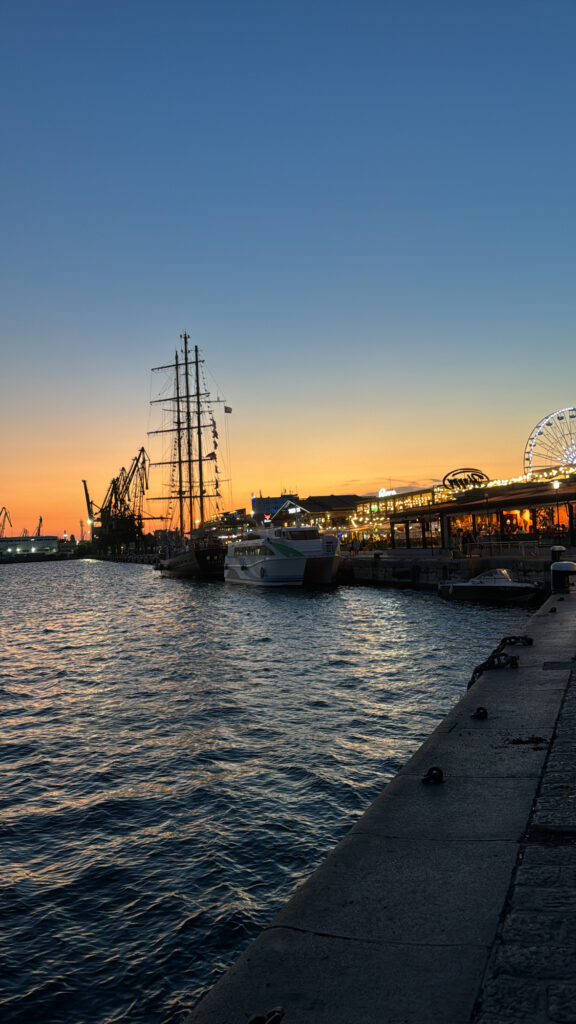
The Black Sea Coast: Sunny Beach
Heading further south along the coast, you’ll find Sunny Beach, Bulgaria’s most famous and largest resort. Known for its wide sandy beaches and vibrant nightlife, Sunny Beach attracts all kinds of visitors, from party-goers to families. Beyond the beach, you’ll find exciting attractions like Action Aquapark and Aqua Paradise, two water parks that promise a fun day out for kids and adults alike.
Not far from Sunny Beach is Burgas, a major city on the coast known for its laid-back charm. Burgas has a lovely seaside park, cultural festivals, and a calm atmosphere compared to the hustle of Sunny Beach. It’s also a great starting point for exploring the nearby Burgas Lakes and other natural wonders.
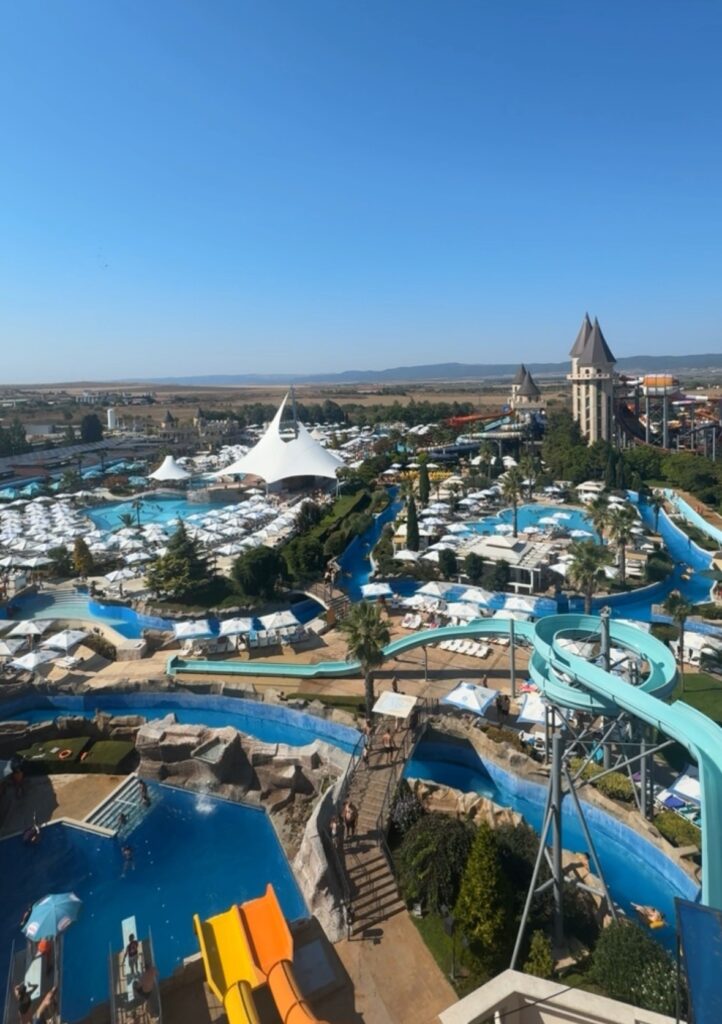
Nessebar: A Town Steeped in History and Charm
One of the most beautiful and historically rich towns on the Black Sea coast is Nessebar, a UNESCO World Heritage site and one of Europe’s oldest towns, with over 3,000 years of history. Sitting on a small peninsula connected by a narrow road, Nessebar is like an open-air museum filled with ancient ruins, Byzantine churches, and traditional wooden houses.
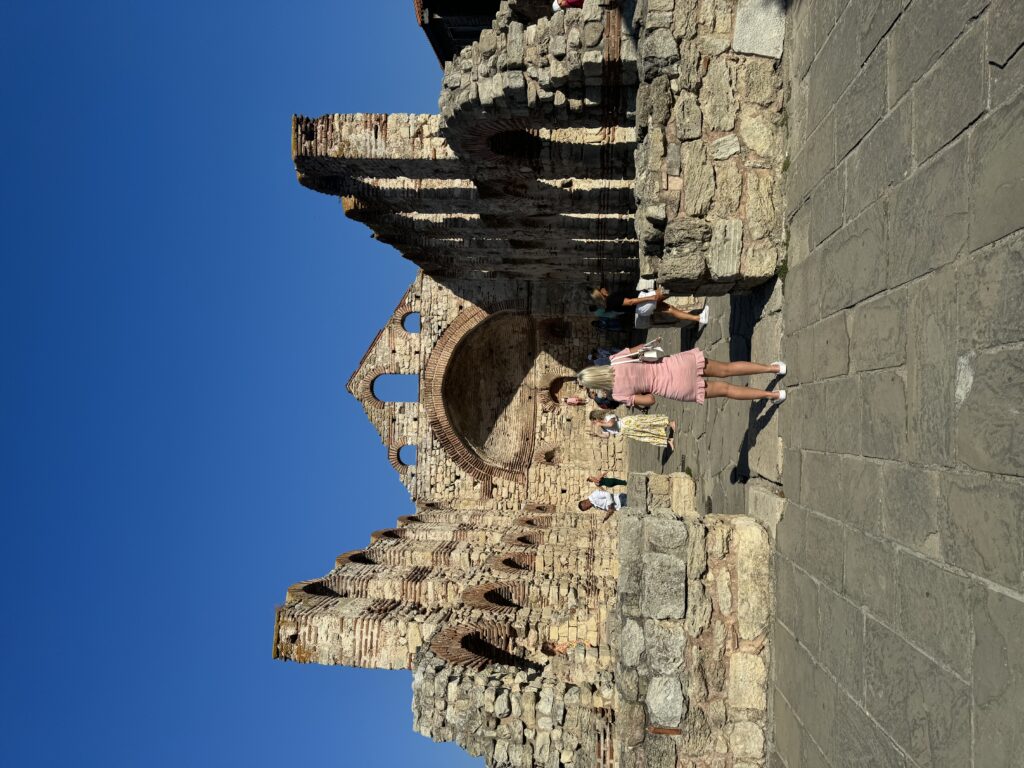
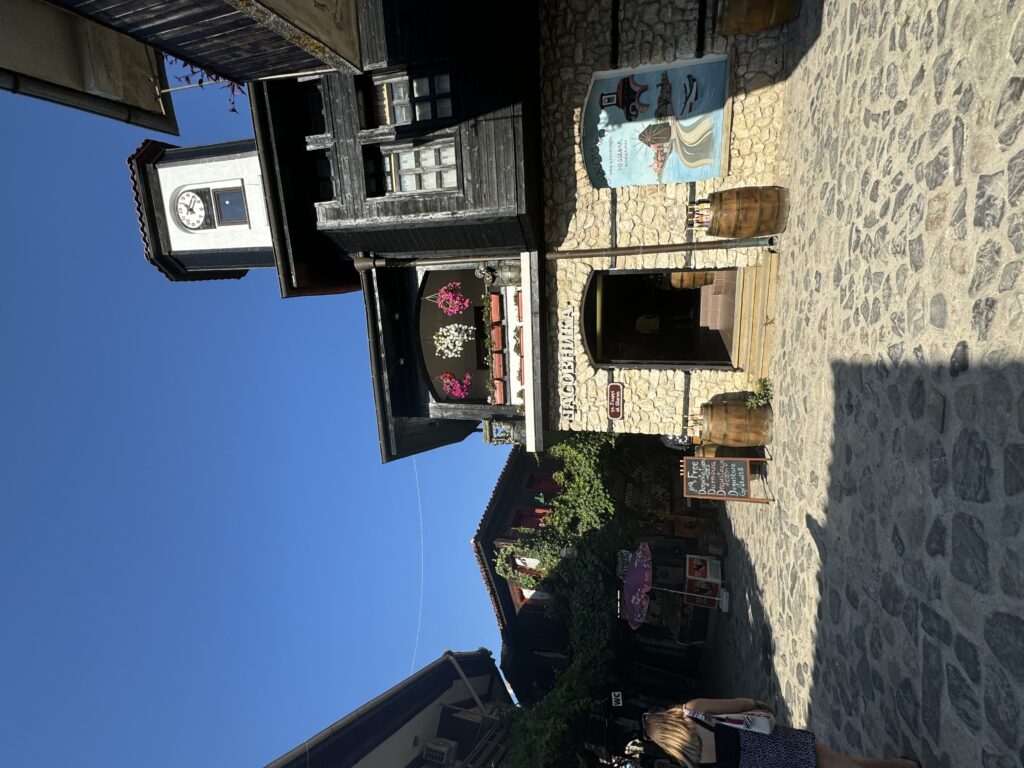
As you wander its cobbled streets, you’ll encounter landmarks like the Church of Christ Pantocrator and the Church of St. Sophia, along with remains of ancient city walls from its Thracian, Greek, and Roman periods. Nessebar offers a unique combination of history, culture, and seaside relaxation, with small beaches nearby and plenty of cozy cafes and restaurants where you can enjoy a meal with a view of the sea.
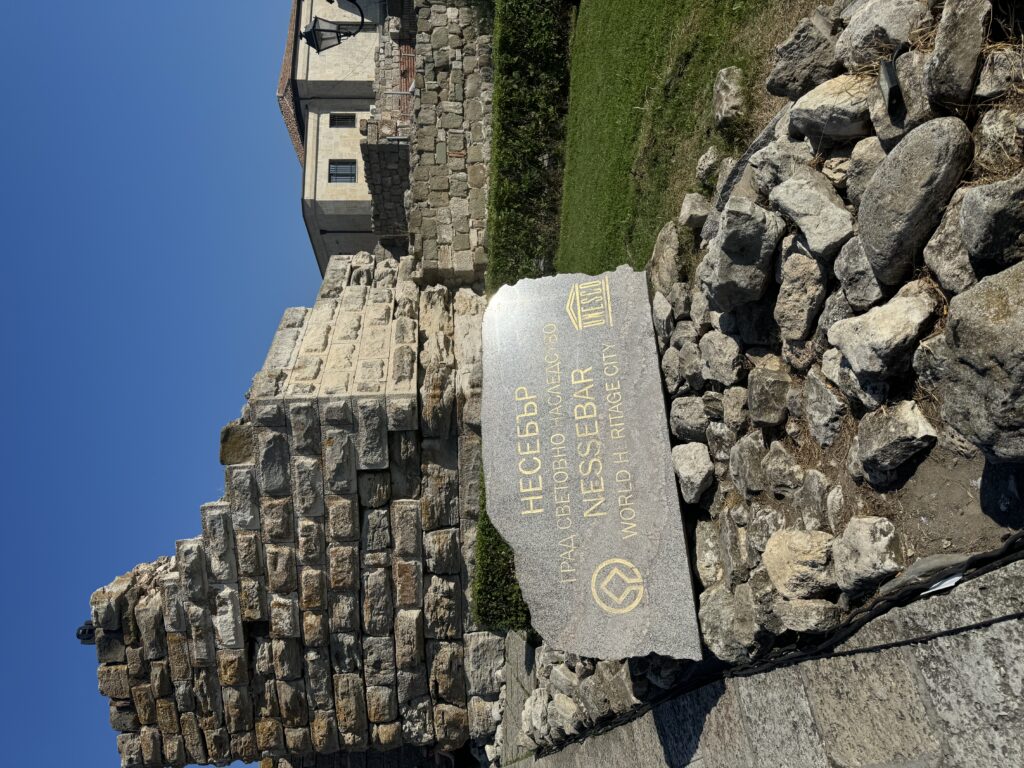
Other Things to See and Do in Bulgaria
Beyond the coast, Bulgaria has a lot to offer. The country’s mountainous regions are ideal for outdoor adventures. You can visit the stunning Rila Monastery, a UNESCO site tucked into the Rila Mountains, or hike around the Seven Rila Lakes, one of the most breathtaking natural landmarks in the country. Pirin National Park, with its rugged peaks and glacial lakes, is another must-visit for nature lovers.
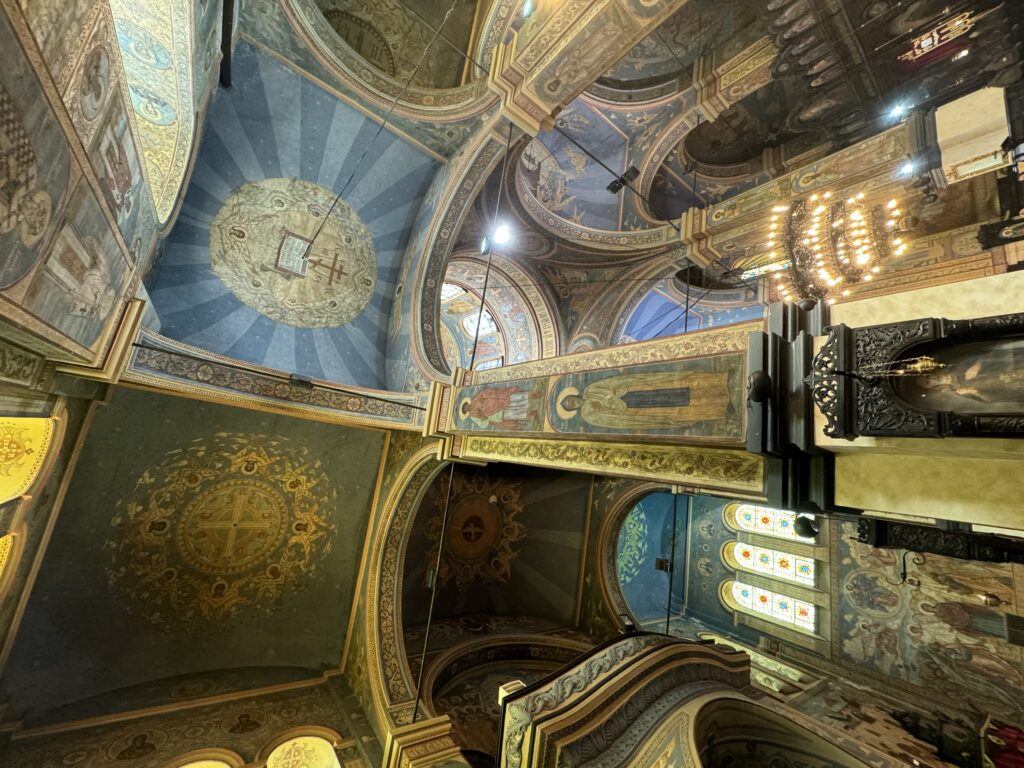
Bulgaria also has a rich winemaking tradition, and the Melnik Wine Region in the southwest is perfect for wine tasting and exploring the small, scenic town of Melnik. Cities like Plovdiv, with its ancient Roman theater, and Sofia, the capital, offer a mix of history, culture, and modern life.
Bulgaria has Something for Everyone
Bulgaria is a country with a little bit of everything—sunny beaches, ancient towns, lively cities, and peaceful mountains. Whether you’re diving into its rich history, relaxing by the Black Sea, or exploring its stunning natural parks, Bulgaria is a destination full of surprises. With its warm hospitality and diverse experiences, it’s a place that leaves a lasting impression.
By Nikola Stenka
Baltic Travel Company (all rights reserved)
This entry was posted on Friday, September 20th, 2024 at 4:29 pm; on the subject of Balkans, Bulgaria.